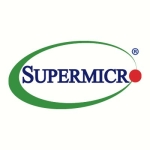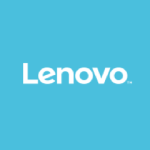What is our primary use case?
These are rack servers.
We have data for banking services. We use Windows servers, mostly. We install applications and banking applications mostly, otherwise like some E-discovery services servers are there. We have almost 25 servers. Some of them are in a data center, and some of them are in-house.
What is most valuable?
We can enhance the processors and increase the RAM. It's easy to do. It's very easy to upgrade.
The solution is issue-free and works almost flawlessly.
It's simple to set up if you have some experience with the product.
The solution is very stable.
It is scalable.
What needs improvement?
If you've never used the solution before, the initial setup can be complex.
The pricing is high. If you compare it with Lenovo systems, the pricing is too high. At this point in time, we are looking for some servers and when we have compared the prices we found Lenovo is the lowest option, even though they have about the same level of services.
We'd like them to be more scalable.
I'd like to be able to implement a single test system.
For how long have I used the solution?
I've used the solution for a few years.
What do I think about the stability of the solution?
It's a stable, reliable solution. There are no bugs or glitches. It doesn't crash or freeze. The performance is good.
What do I think about the scalability of the solution?
They can scale if it is required.
We have more than 1,000 users on the solution right now.
How are customer service and support?
Technical support is good. They are helpful and responsive.
How would you rate customer service and support?
How was the initial setup?
Depending on your knowledge, the solution can be very easy or a bit complex to set up.
These are rack servers, so most of the time goes into acquiring them. Once you order them, it takes around four to eight weeks to get them. Once you get those servers, they can be deployed in a week or five days' time.
How many people you need for maintenance depends upon the technical guys as well as the applications themselves. If you're maintaining, then you just need two or three guys. However, it would take more resources if you talk about connectivity and application maintenance and other parts. It also depends upon the number of servers we have installed.
What's my experience with pricing, setup cost, and licensing?
The cost of the solution is high. There are other cheaper options.
There is no licensing. You pay for the solution once.
Which other solutions did I evaluate?
We are currently comparing the solution to Lenovo.
What other advice do I have?
We use it in-house and in a data center.
They need to make the product more scalable and price-efficient.
I'd recommend the solution to others.
I would rate the solution seven out of ten. It needs to be a bit less expensive.
Which deployment model are you using for this solution?
On-premises
Disclosure: My company does not have a business relationship with this vendor other than being a customer.












